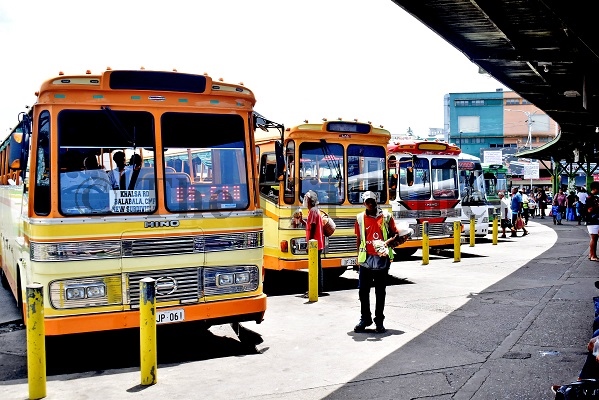THE Land Transport Authority hopes to influence transport service operators to purchase buses that offer better provisions for disability needs and access.
LTA chief executive Irimaia Rokosawa said they were working to improve visibility of this.
“LTA has been having consultations with key stakeholders including representatives from relevant associations for persons with disabilities and societies to better understand critical information like specific requirements, numbers and need areas which can be further used to come up with targeted strategies,” he said.
“Since most of the desired solutions would require substantial investment, it would be better to understand the specific needs and areas where targeted interventions are required prior to implementation.
“Additionally, LTA is creating awareness through consultations and media platforms on disability access options to potentially impact procurement decisions when operators are opting to re-fleet with buses which are better suited to the disability needs.”
Responding to concerns by stroke survivors of the difficulties in boarding buses due to the height from the ground and the first step of the bus, Fiji Bus Operators Association acting general secretary Edwin Chand said LTA set the standards on minimum ground clearance.
“Bus operators follow the specifications set by LTA and that includes the minimum height in place between the ground and where the first step into the doorway of the bus is located.
“LTA passes all the buses and we have to be in compliance with those standards. We’ve been complying with those standards and if there are to be any adjustments or changes, it will require LTA engaging in a discussion with bus operators to explore solutions and ways to address the issue.”
Mr Rokosawa said these standards were governed through Regulation 52 of the Land Transport (Public Service Vehicle) Regulations which stated the height of the first step on a bus must not be more that 410 millimetres above the ground.
“The standards are in accordance to regulated provisions and are in place with due consideration not just to accessibility and comfort but also to safety, infrastructural challenges (road conditions) and maintenance.
“While there are specific provisions such as priority seating in buses, other solutions include but are not limited to low floor buses with wheelchair ramps, retrofitting mechanical wheelchair ramps on existing buses and guide rails on bus steps.
“Since these are not regulated provisions, voluntary adoption would be required from bus operators.”



